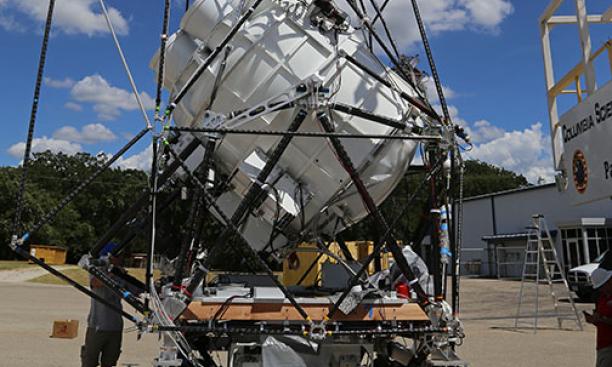

Assistant physics professor William Jones and his research team had hoped to be in Antarctica in mid-December, ready to launch a high-altitude balloon for a 20-day flight that would probe the origins of the universe.
Instead, Jones was in Washington, D.C., working to secure a new launch date for the experiment after three balloon flights were scrubbed, victims of the 16-day government shutdown last October. The next opportunity would be in December 2014, he said.
Weather conditions in the Antarctic permit only a monthlong window for such flights, and the halting of non-essential government functions came at a time when the balloon-launch facilities would have been established. The 5,400-pound payload for the Princeton flight had arrived in Christchurch, New Zealand, and was scheduled to ship to Antarctica five days later.
Jones said the project, called Spider, is designed to use cosmic microwave background radiation to test theories of the early stages of the universe.
The postponement stemmed from “a terrible confluence of politics, our artificial fiscal calendar, and the very real reality of the Antarctic climate,” Jones said. Four Princeton grad students are affected directly, he said, including two who will graduate without the data from the experiment they had helped to design and build.
